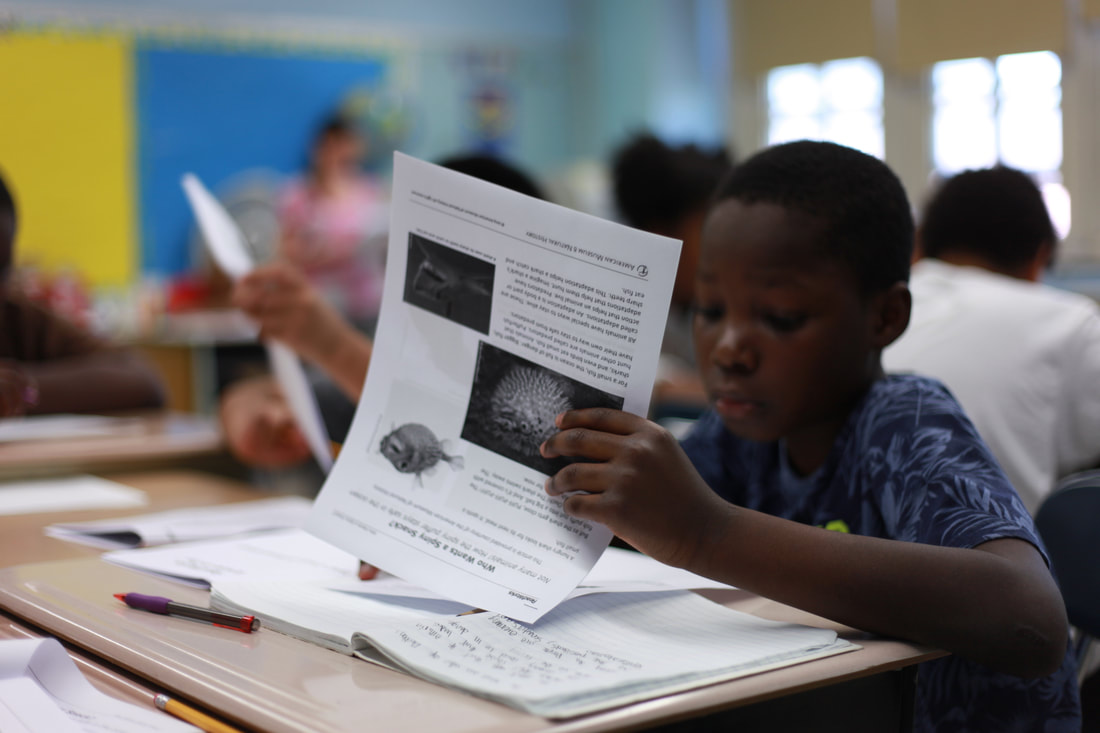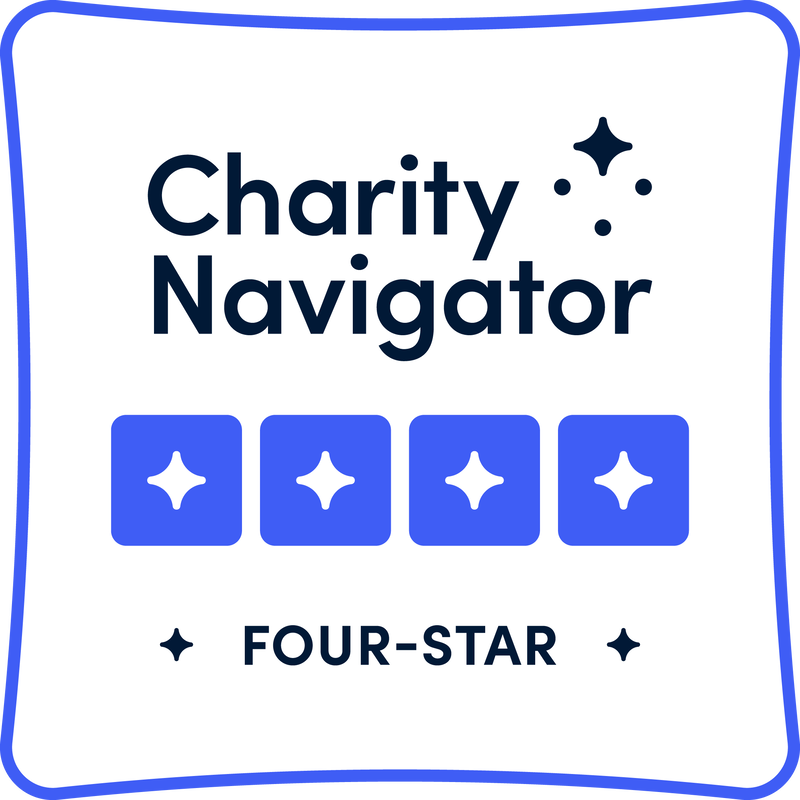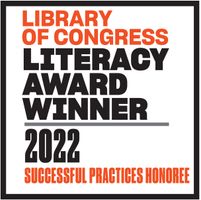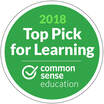Elfrieda H. Hiebert, TextProjectExcerpt 1: Have you ever tried standing on your head? Chances are, the first time you did, you fell down. It may even have taken a while to master this upside down balancing act. Artist Sepp Bogle has a balancing act of a different nature. He balances rocks. (Nyikos, 2014[1]) Excerpt 2: Jackie Mitchell was born in 1914, at a time when women were not accepted in professional baseball. Jackie dreamed of becoming a great pitcher. She had been taught to pitch by baseball star Dazzy Vance when she was a young girl and trained with future major league players in Atlanta. (Dewitt, 2009[2]) What went through your mind as you read the two excerpts above? Did you think about the first time you tried standing on your head when reading Excerpt 1? When reading Excerpt 2, did you at first think Jackie Mitchell was male? As a skilled reader, you automatically draw upon a variety of skills and knowledge when tackling new text. For example, if you already knew about Jackie Mitchell, you were accessing background knowledge to understand what you read. How do teachers guide their students, especially struggling readers, as they encounter new text? This article provides teachers with a remarkably easy-to-use, yet proven program for giving struggling students the support they need to comprehend — Article-A-Day™. This program was applied in a group of New York City (NYC) schools that were designated as having high percentages of economically challenged students according to district criteria. The performances of students in these schools illustrate the effectiveness of the program. Typically, students in high-poverty schools score lower on average on state ELA assessments compared to their peers at higher-income schools and their progress does not accelerate greatly over time. In the spring of 2016, 33.4% of students in high-poverty schools achieved the proficient level in NYC schools. When the school year ended in 2017, 34.7% were at the proficient level. That means that merely 1.3% of students progressed from below-proficient to proficient status. Yet, in a contrasting group of seven high-poverty NYC schools, 9.2% of students moved to proficient status. These schools had significant numbers of students who were classified as Special Ed (22%) and English Learners (14%). The key difference? These schools made a modest change and participated in Article-A-Day. This is an open-access program in which students read and respond to an informational article each day. A summary of the results for the seven NYC schools at the three grade levels in the annual state assessment appears in Table 1. These results show that, on a measure that is often hard to change (i.e., the state assessment), a robust percentage of change occurred at all three grade levels when using the Article-A-Day program. The findings for Grade 5 were especially reassuring in that more students were leaving elementary schools with proficiency. Such proficiency is essential in middle schools where expectations are high in content areas and where students encounter numerous teachers, all of whom may not be as attuned to their needs as their elementary teachers. Educators can replicate this success in their classrooms, because the program is easy to integrate into the daily routine, and the articles are available as open-access resources on the Internet. To support similar results in classrooms, anywhere and everywhere, several questions about the initiative are answered in this article: What are the components of Article-A-Day? How does Article-A-Day support student learning? Finally, how can you implement Article-A-Day? WHAT ARE THE COMPONENTS OF ARTICLE-A-DAY? In the NYC schools with the improved test scores as described in the introduction, teachers across Grades K through 5 committed to having their students read a new informational article daily from a weekly set of articles that were topically connected. The topics pertained to social studies (e.g., China, Buying, Selling, & Trading), science (e.g., Animals that Fly, All about Teeth), Technology and Engineering (e.g., Architecture, Daily Life Inventions), and arts and music (e.g., Black Artists and Musicians, Islamic Art). In the NYC schools, the project extended across about 20 weeks. At any grade level, about 20 different topics were covered. Each topic set had at least six articles and sometimes as many as nine. The presence of more articles than school days in the week had several purposes. First, it allowed educators to select a set of articles with a range of difficulty levels within a topic. This variation meant that students could select, or teachers could assign, texts differentially. Second, students were given some choice in which articles they read from each topic set. Student choice has been shown to positively influence students’ engagement in classroom literacy tasks. Teachers and students also could make use of the extra articles for “bonus” reading when the main task was completed ahead of schedule, or to take home and read with families or communities. Each week, teachers would assign a topically-related set to their class, and every day, would engage in a four part routine:
HOW DOES ARTICLE-A-DAY SUPPORT STUDENT LEARNING? What is it about the Article-A-Day initiative that fosters the kind of proficiencies assessed in a standards-based assessment? The Article-A-Day initiative fosters three proficiencies that underlie literacy success: (a) development of background knowledge, (b) the building of reading volume and stamina, and (c) responding to, remembering, and revisiting ideas. Background Knowledge The most consistent finding in research on comprehension is that what students know about the topic of a text influences how well they comprehend a text. This finding has been validated over many decades. But often the translation of this finding to practice has been to give students the information viewed as essential for comprehending specific texts, rather than teaching them to use texts to gain knowledge. Until students know how to use texts to gain knowledge, their funds of knowledge will be limited. The aim of Article-A-Day is to develop extensive and diverse bodies of background knowledge. Usually, year-long curricula cover just a handful of topics in depth. But in order to successfully and consistently read with comprehension, people need to know at least a little about a wide range of topics. By reading nonfiction across a variety of topics, many of which are not fully covered in elementary and middle school, students gain a wide basis of knowledge that they can draw upon when they encounter new texts. Because students read multiple texts on each topic in Article-A-Day, their background knowledge grows exponentially more quickly than it would if they were to read one-off, unrelated nonfiction texts. Just as importantly, when students encounter twenty or more different topics in the Article-A-Day initiative throughout a school year, they gain confidence and proficiency in tackling new topics in text. Even if students know little about the two topics in the introductory excerpts (i.e., rock balancing, baseball), they are able to navigate texts with unfamiliar topics in assessments or content-area lessons as a result of the diversity of the Article-A-Day content. Reading Volume and Stamina Becoming good at anything, whether it’s keyboarding, skateboarding, or reading, requires participation in the activity. American students are better at decoding words than is often thought[3]. But many haven’t read enough to be highly automatic with the core vocabulary—the words that account for the majority of the texts. These aren’t just the approximately 200 “highest function,” most-used words like a and the. A group of 2,500 word families accounts for 90% or more of the words found in English texts, comprising the core vocabulary for grades 1 through college and career ready. If students cannot automatically recognize and recall the meanings of the majority of these words, they will struggle to make it through a text. In Article-A-Day, students are exposed daily to new texts where the core vocabulary is prominent, giving them an opportunity to build familiarity and automaticity with these crucial vocabulary words. Reading volume also leads to a proficiency that is closely related to automatic recognition of word meanings—stamina. Stamina refers to students’ ability to persist in their reading. Students who haven’t read a great deal are slow and give up easily. When students read a new article daily, they develop the capacity to read for extended periods on their own. Just as importantly, they learn that they can recognize the majority of the words in texts and can read independently. Responding to, Remembering, and Revisiting Ideas The Article-A-Day program comprises more than reading. After students have read an article, they record ideas that they wish to remember in a notebook called the Book of Knowledge. The contributions of writing in the Book of Knowledge are several. First and foremost, daily documentation in the Book of Knowledge supports critical writing skills. Writing is important in its own right, but additionally, writing supports reading, learning, and thinking processes. The Book of Knowledge completion also means that students have a concrete record of what they have learned and want to remember. They are expressing new ideas in their own language, and taking ownership over the information they learn. It also means students have a place to return to when making connections between new knowledge and information they have already learned through reading. An entry in the Book of Knowledge about marine animals in the deepest part of the ocean can be elaborated upon when students read subsequent articles on the mountain ranges far below the ocean surface or the design of vehicles to explore the deepest parts of the ocean. Further, entries in the Book of Knowledge are used to inform students’ contributions to discussions with their peers and class. Even the name of the record—Book of Knowledge—supports students’ recognition of how their knowledge about the world is enhanced through texts. Yes, information can be gotten from video streaming and television shows but, ultimately, knowledge is stored in texts. The Book of Knowledge gives students a place to tangibly demonstrate that their background knowledge is increasing. Finally, the oral sharing activity helps students in a number of ways. It gives them a chance to speak or discuss ideas with their peers, helping to foster oral proficiency (which is also linked to proficiency in reading comprehension). It provides another outlet for making connections between new ideas and knowledge. And, perhaps most importantly, it is a low-stakes opportunity for students to engage in meaningful interaction about information, one in which anyone, even the most reluctant readers or struggling participators, can feel empowered to contribute. It is no mistake that teachers doing Article-A-Day have consistently reported that even the students who are hesitant to read or participate in other parts of the school day are excited to pipe up during the Article-A-Day routine. HOW CAN YOU IMPLEMENT ARTICLE-A-DAY? The implementation of the Article-A-Day program is a relatively modest change in classrooms. Sets of topically related texts to implement the Article-A-Day program are readily available. The procedures are straightforward to learn and implement. Teachers can be introduced to Article-A-Day in a number of ways, including a one hour webinar put on by ReadWorks, a workshop run by a local teacher leader with materials and resources provided by ReadWorks, or watch videos and access presentations for free online. When teachers were asked about the benefits of the Article-A-Day project, student participation and engagement was high on the list. Teachers noted that the variation in topics adds interest for students. Students know that a week of reading articles about bird migration will be followed by an equally interesting, but different, topic such as dances around the world or important Latinx figures. This variation in and the content of articles are reflected in high levels of student engagement. Numerous teachers expressed the sentiment evident in one teacher’s comment that “If students do not see Article-A-Day on the schedule, they are very upset.[4]” A second benefit that teachers described about implementing the Article-A-Day program is an especially critical one in today’s classrooms where time and resources are scarce: it does not consume substantial periods of class time. One teacher put it this way: “Whenever you get introduced to something new, you think…this is going to take more time out of the day. With Article-A-Day, it’s not something you go home and are stressing about, because it’s just a quick ten-fifteen minutes a day.” Teachers described ways in which they had integrated the routine into their schedules, often as a transition device. Such uses can have multiple advantages as this observation by a second-grade teacher, who uses Article-A-Day as a transition after lunch, shows: “They used to want to talk about their arguments, but now they come in so excited to do Article-A-Day!” Because students are so engaged in the program, classroom management during the routine and the transitions into and out of it becomes simple. As one teacher put it, “During the Article-a-Day period all students are focused and excited about their learning, and that energy permeates their day. Students transition more quickly because they know they will be able to contribute during lessons.” Further, teachers note that students, even lower-primary ones, readily grasp the Article-A-Day routine. A third benefit of Article-A-Day consistently described by teachers was the ease of teacher preparation. In a study of NYC teachers (within three of the seven schools that have been the focus of this report), 93% said that the logistics of the program were easy to understand and implement. Not only are the materials readily available, but also the routine is sufficiently clear that teachers could put it into practice with ease. To conclude, the materials are readily accessible and without cost. The procedures are straightforward and fit into a range of contexts in classrooms, including transition periods that are frequently underutilized. The effects of the project, as teachers recognized, are evident in vocabulary, fluency, comprehension, background knowledge, and student engagement. There can be no stronger endorsement than this comment by a middle-grade teacher: “There is nothing more exciting and interesting than seeing students become so engrossed in a subject through reading that they want to read and learn more. I am secretly thrilled when I announce to my class it’s time to put away our Article-A-Day and Books of Knowledge and then hear them plead for more reading time because they just have to know more about earthquakes, India, or celebrations around the world." You are invited to join the Article-A-Day community during the coming school year. For more information, visit ReadWorks.org. [1] Nyikos, S.A. (2014) Balancing Rocks. Highlights for children, 69(11).
[2] Dewitt, J. (2009). Strike Three! YOU’RE OUT. Hopscotch Magazine, 20(6). [3] Daane, M.C., Campbell, J.R., Grigg, W.S., Goodman, M.J., & Oranje, A. (2005). Fourth-grade students reading aloud: NAEP 2002 special study of oral reading (NCES 2006-469). Washington, DC: Institute of Education Sciences, U.S. Department of Education. [4] Report from Rockman & Associates
4 Comments
|
Categories
All
Archives
July 2024
|

















